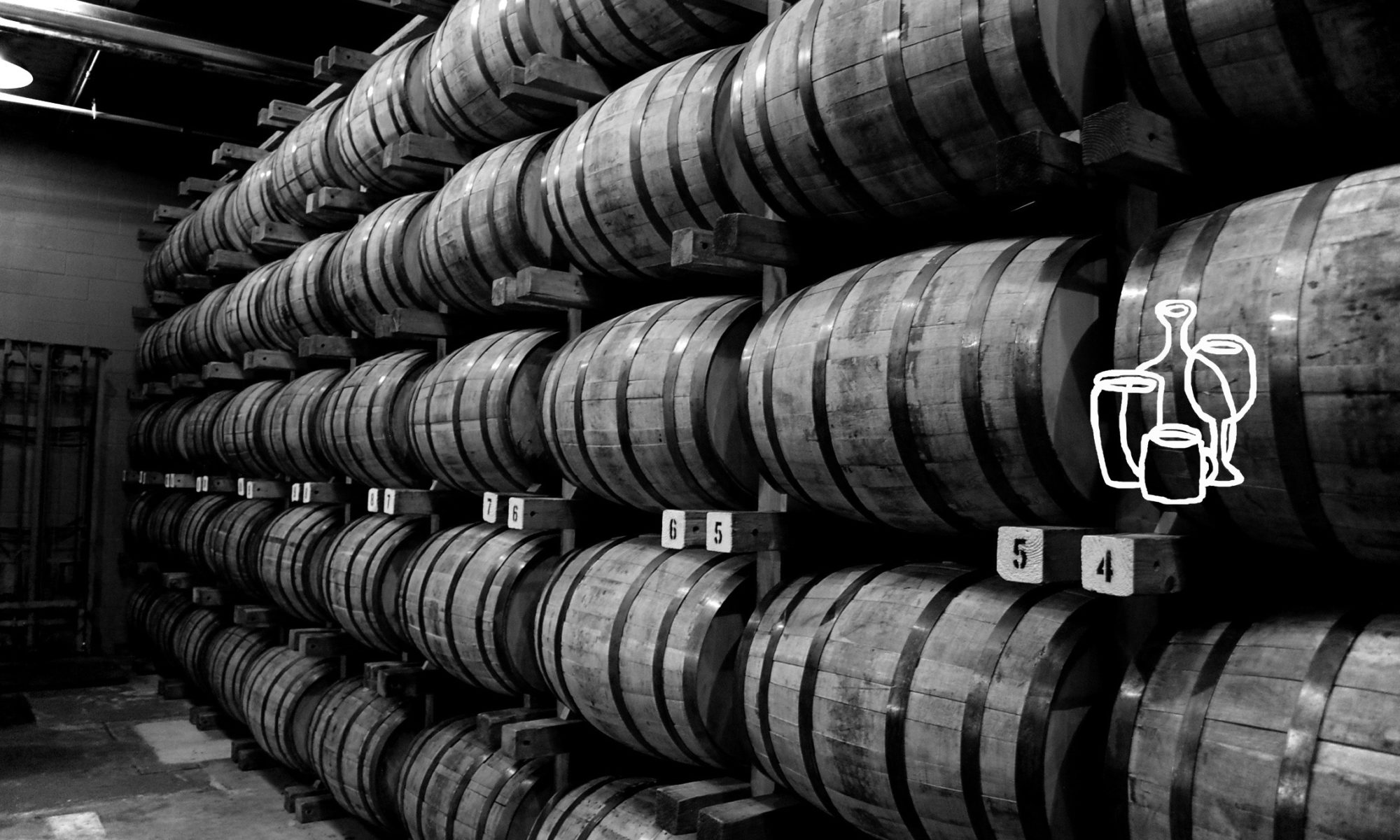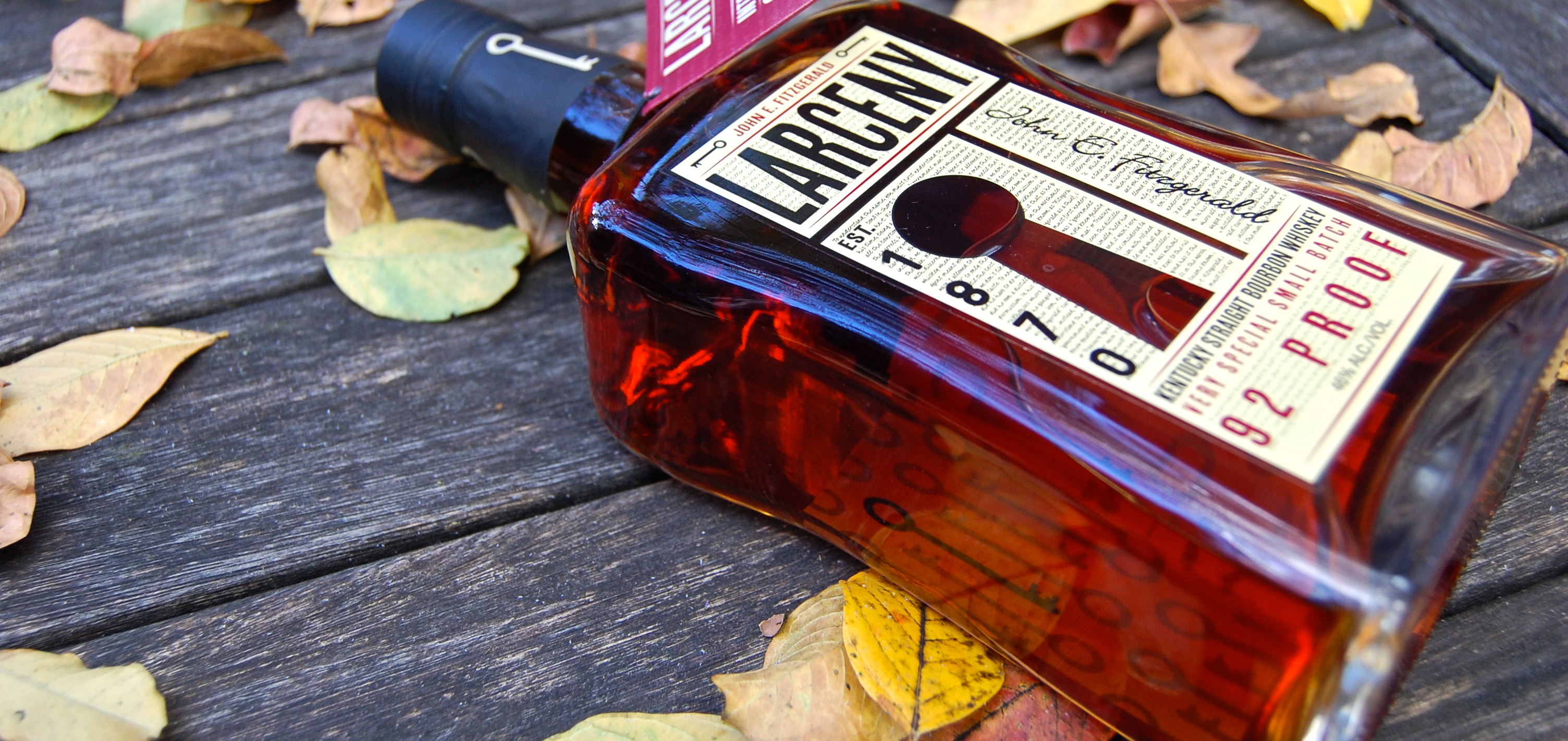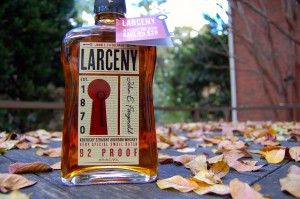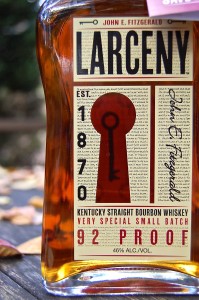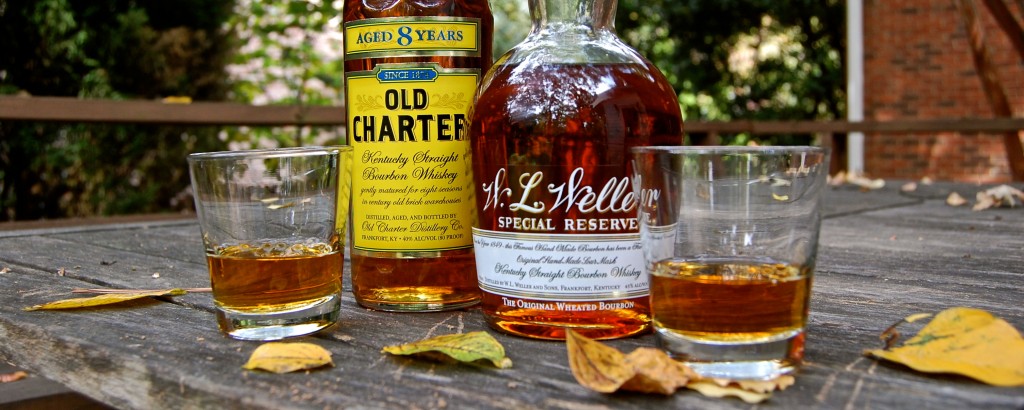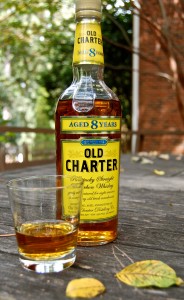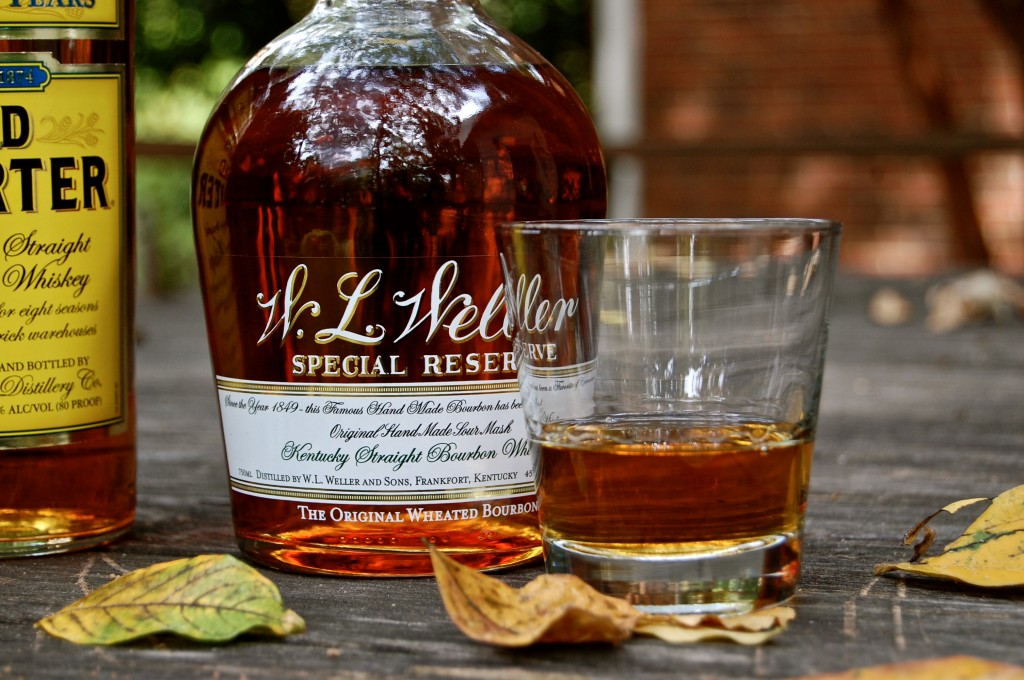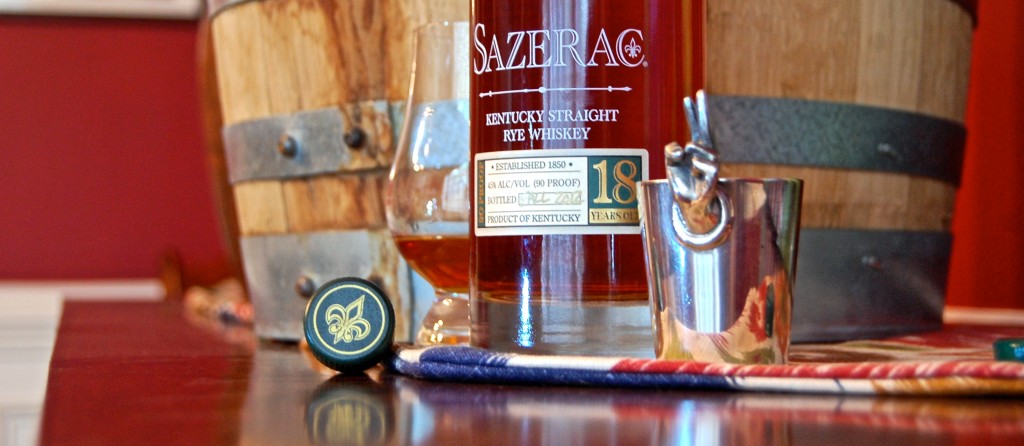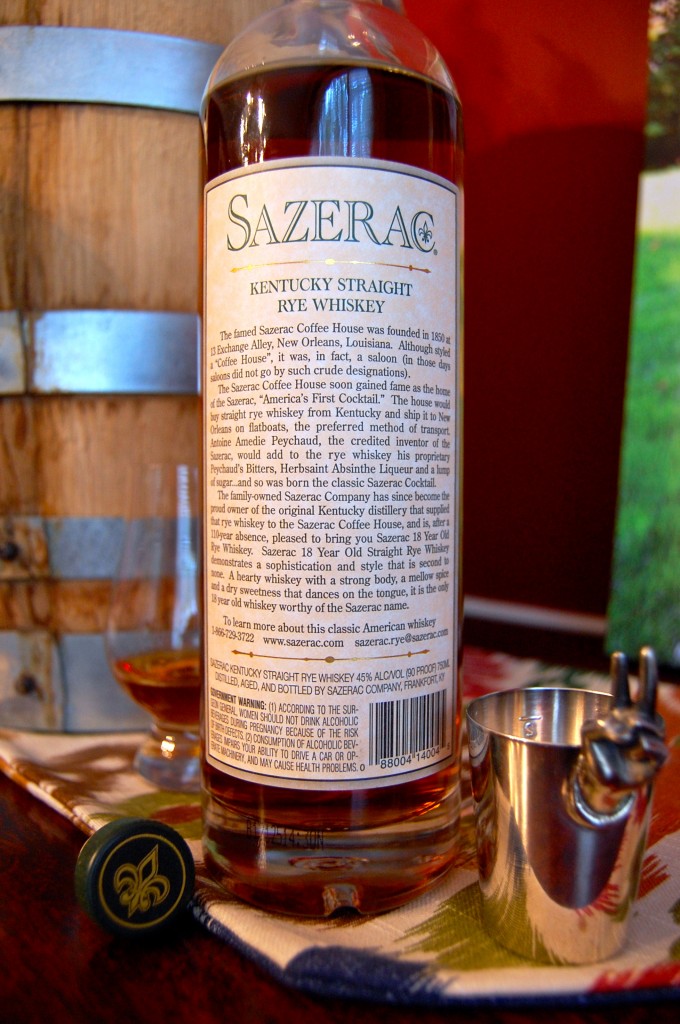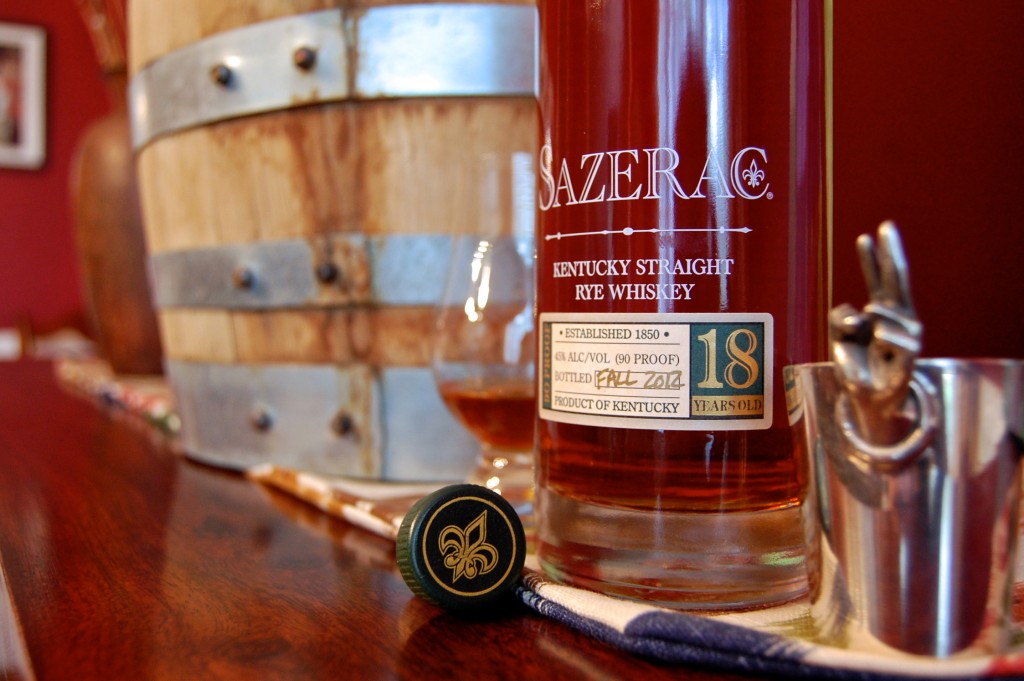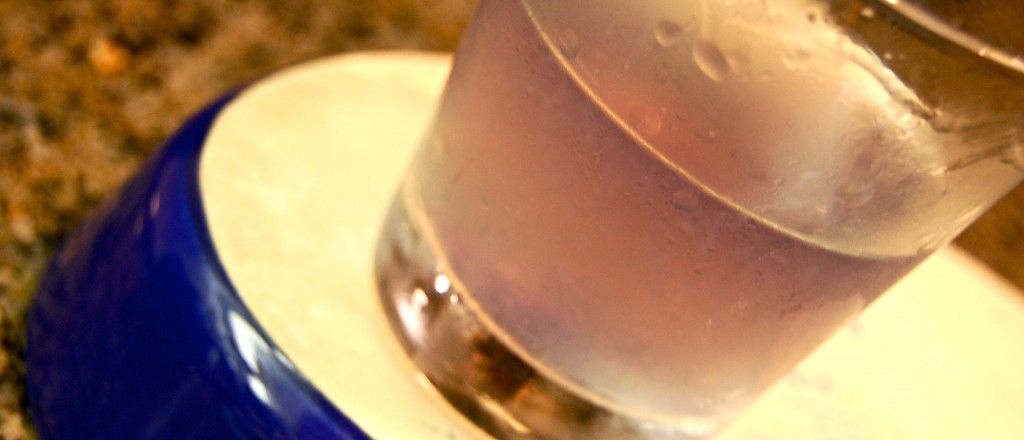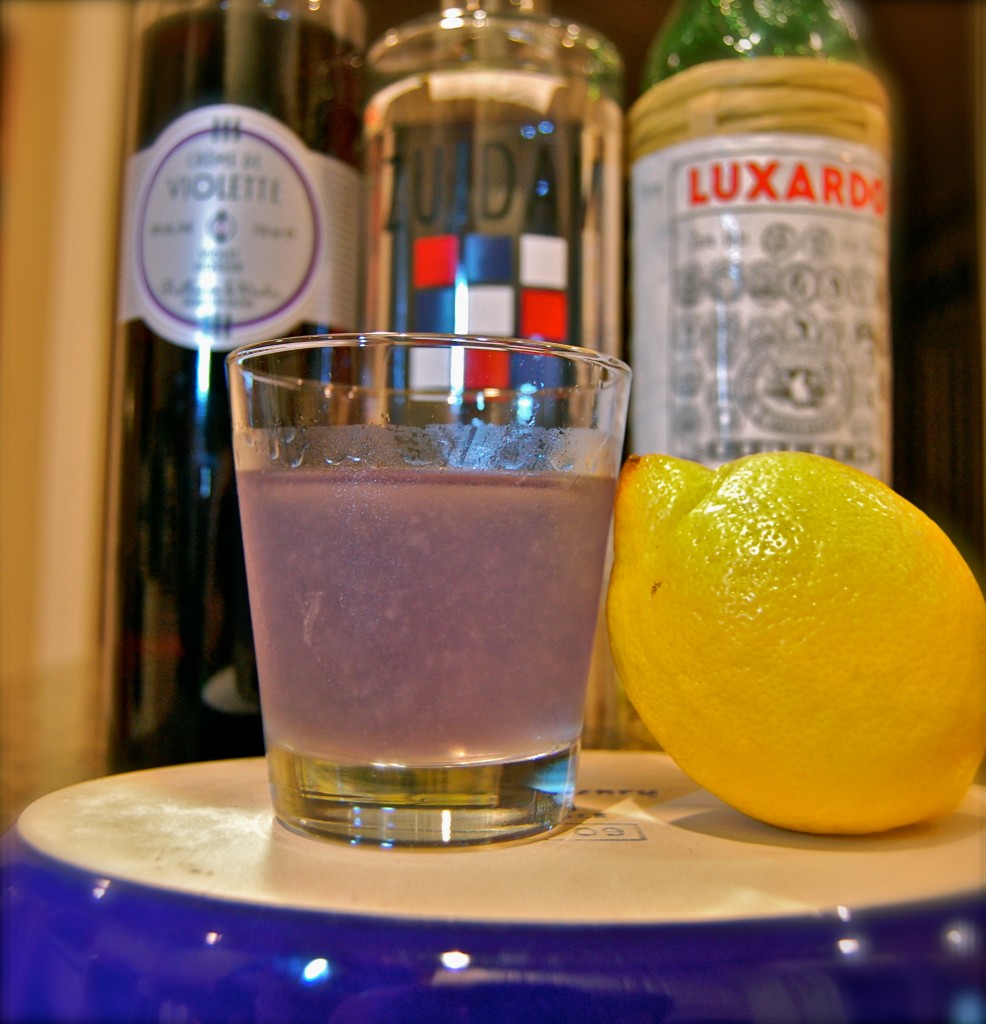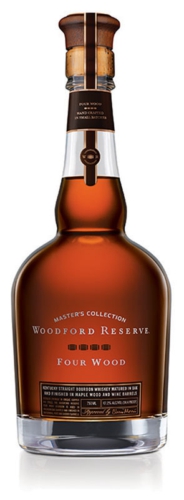 Ahh, Woodford Reserve, what are you up to? Your Master’s Collection is an intriguing idea in principle – one limited release every year or so that focuses on playing with one of the “five sources of flavor – grain, water, fermentation, distillation, and maturation.” This is the seventh edition, and the twist this time is that the Woodford Reserve bourbon was aged in four types of wood – American oak as the original aging barrel to maturity, then maple, Sherry barrels, and Port barrels for finishing before blending together. It’s a small release, and pricey at that – about $100 retail per bottle.
Ahh, Woodford Reserve, what are you up to? Your Master’s Collection is an intriguing idea in principle – one limited release every year or so that focuses on playing with one of the “five sources of flavor – grain, water, fermentation, distillation, and maturation.” This is the seventh edition, and the twist this time is that the Woodford Reserve bourbon was aged in four types of wood – American oak as the original aging barrel to maturity, then maple, Sherry barrels, and Port barrels for finishing before blending together. It’s a small release, and pricey at that – about $100 retail per bottle.
So how does that intriguing idea play out? Master Distiller Chris Morris says, “The batching ratios of the three finishing barrels were painstakingly chosen so that no one character dominated the final product.” Based on a small sample that Woodford Reserve was kind enough to send, I agree with that, though the Port and Sherry definitely make their presence felt. He goes on to say, though, that the result is “so balanced that the palate effects of each of the four woods plays a discernible role in the final flavor presentation.” Which is where I take exception – the result, to me, seems anything but balanced.
Before I share my tasting notes, I have to say I agree almost 100% with Jason’s take on this whiskey over at Sour Mash Manifesto. I was hesitant to even publish these notes given how close my thoughts are to his, but the more voices the better for folks out there considering a purchase of this whiskey.
Woodford Reserve Master’s Collection Four Wood
Kentucky Straight Bourbon Whiskey Matured in Oak and Finished in Maple Wood and Wine Barrels
94.4 Proof
Approx. $100 retail
Tasting dates: October 30 – November 4, 2012
First impressions are a good thing for this whiskey, but they don’t tell the whole story. The nose on the Four Wood is wonderful, a deep bouquet that makes you think of peach pie coming out of the oven, a bit of orange zest highlights, hints of maple syrup and brown sugar. But first impressions aren’t always true…
A sip of the Four Wood makes you wish you had just spent time taking in the aromas instead. Imagine four wooden paddles hitting you in the face. It would leave you a bit out of sorts, right? OK, that’s a bit (way) too harsh, but harsh wood does dominate the experience, quickly overpowering everything, backing off a bit in the mid-palate, then coming back with a bite in the finish. The time in Port and Sherry barrels is evident in a positive way as well, but that depth sits behind the negative effects of the wood, not on top of it, and seems elusive – popping up in the middle, then falling off. Balance or harmony are simply not words I could use to describe this. And where’s that peach pie? Where’s the orange zest? Where’s the maple syrup? They must be stuck in the barrel still. The finish is long but it’s the harsh wood that continues to dominate.
I played with this and some water quite a bit, finding that a touch of water tames the wood slightly, but doesn’t take away the disjointed feel of the whiskey. An excess of water, taking it down to roughly 70 proof, finally seems to bring things into balance, but by then the flavors are too watered down to have much impact.
Hate to say it, but my grade is merely Fair* (with a caveat – the nose warrants an Excellent, the whiskey is full of flaws on the palate, though, that knock it down a few notches). If you’re eager to taste this experiment in barrel finishing and have plenty of cash sitting around, go for it. Otherwise, I have a hard time recommending the Woodford Reserve Four Wood.
*******************************
* Thirsty South Rating Scale:
Wow – among the very best: knock-your-socks-off, profound, complex liquid gold!
Excellent – exceptional in quality and character, worth seeking out, highly recommended
Good Stuff – solid expression of its type/varietal, enjoyable and recommended
Fair – fairly standard or exhibiting obvious though minor flaws
Avoid – move away folks, nothing to see here, a trainwreck
